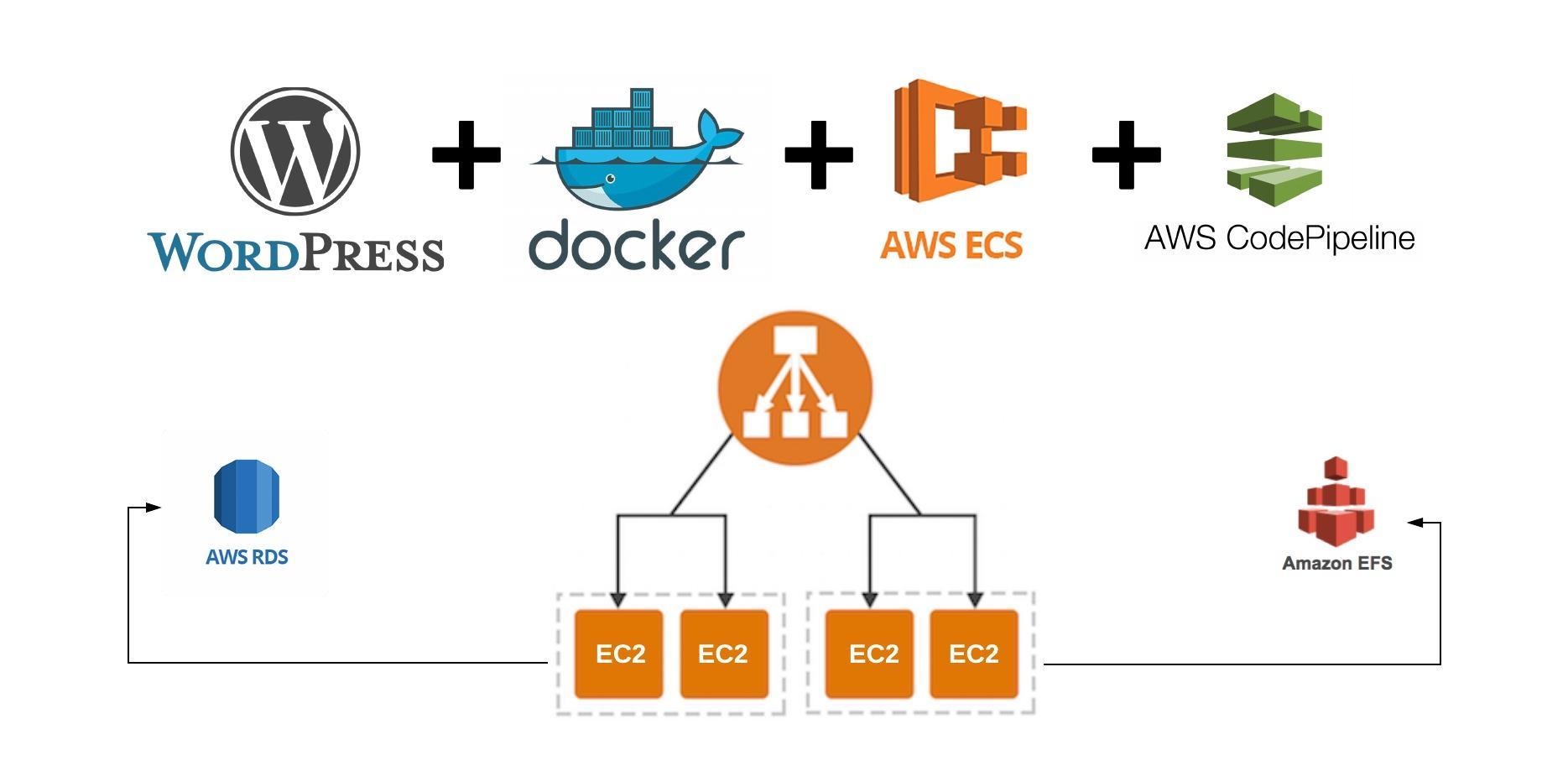In this article, we will prepare our IAM User and attach Amazon Elastic Container Registry (ECR) policy to it. It will help us to push our local Dockerized Rails project to AWS ECR. Create ECR Policy Login to your AWS console search IAM from the service tab and it will


Build and Tag Rails Docker project As we have already set up our WordPress Docker project in Create and Dockerize rails application with MYSQL and Sidekiq (Docker + Docker Compose) article. Its time to tag and push our Rails project to AWS ECR. You can also download the Docker Rails

Create Load Balancer In this article, we will create the Load Balancer which will sit on top on Rails instances and balance the load as per increasing the requests from users. The ultimate reason for this approach is to make your website scalable and always available for our clients. From

Create AWS ElasticCache Go to Elastic Cache from your AWS service tab. Click on create Elastic Cache and do the following: We have selected a very small instance as Node type and Number of replicas are also set to 0. Please change these values as per your requirements Create a

In this series of articles, we will create a rails application from scratch (you can also apply the same steps for an existing rails application) Before I begin this series, I would like to give credit to Raphael Jambalos who wrote this amazing series of articles in More than “Hello

In the previous article, We have created the ECS Task Definition which has our Docker Image container along with environment variables and we also have mounted EFS volumes for plugins and cache. In this article, our website will go live with Load Balancer and Autoscalling groups (having multiple WordPress instances

In this article, we will create an ECS task definition containing our WordPress Docker image reference from ECR, Environment variables such as Database credentials, EFS volume mount for our plugins storage (Don’t worry I will shed more light on this later) and some WordPress website constants such as WP_SITE_URL etc.

In this article, we will create the Load Balancer which will sit on top on WordPress instances and balance the load as per increasing the requests from users. The ultimate reason for this approach is to make your website scalable and always available for our clients. From EC2 console Select

Why do we need to use EFS for plugin storage We all love the fact that on WordPress, we can install plugins without a deployment. Here’s the challenge with this approach, if your WordPress website is behind a Load balancer and there are multiple instances running. You will be installing

In this article, we will prepare our IAM User and attach Amazon Elastic Container Registry (ECR) policy to it. It will help us to push our local Dockerized WordPress to AWS ECR. Other than that, we will create IAM Roles for our Services such as CodeDeploy and CodePipeline so that